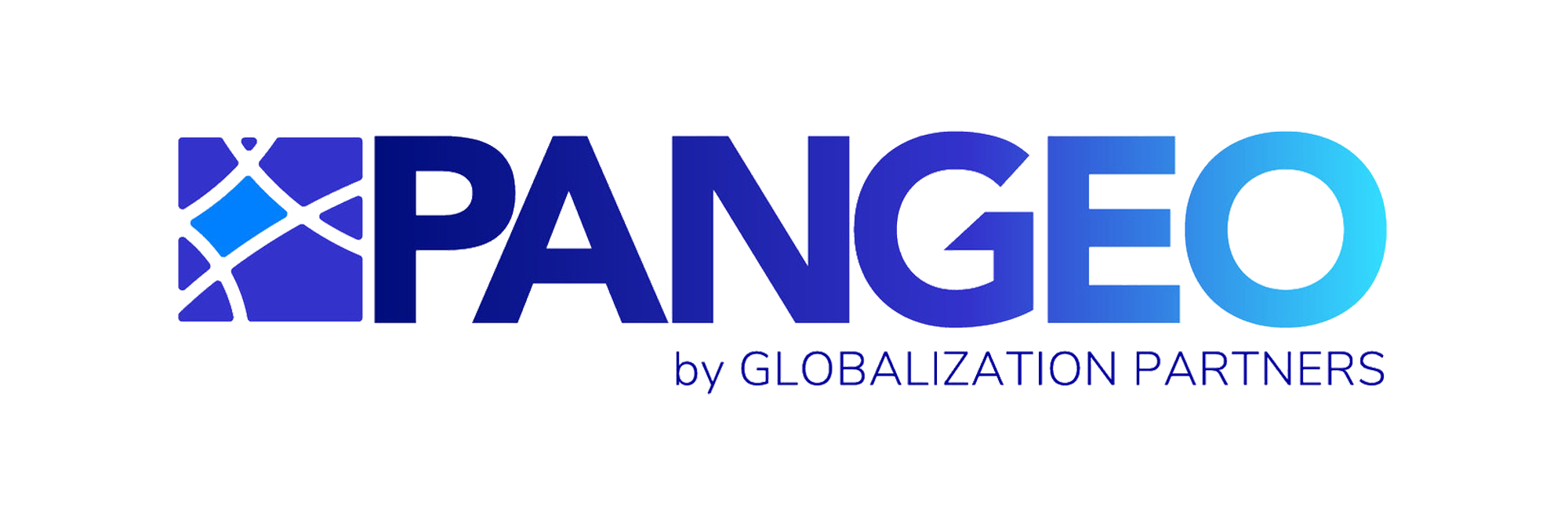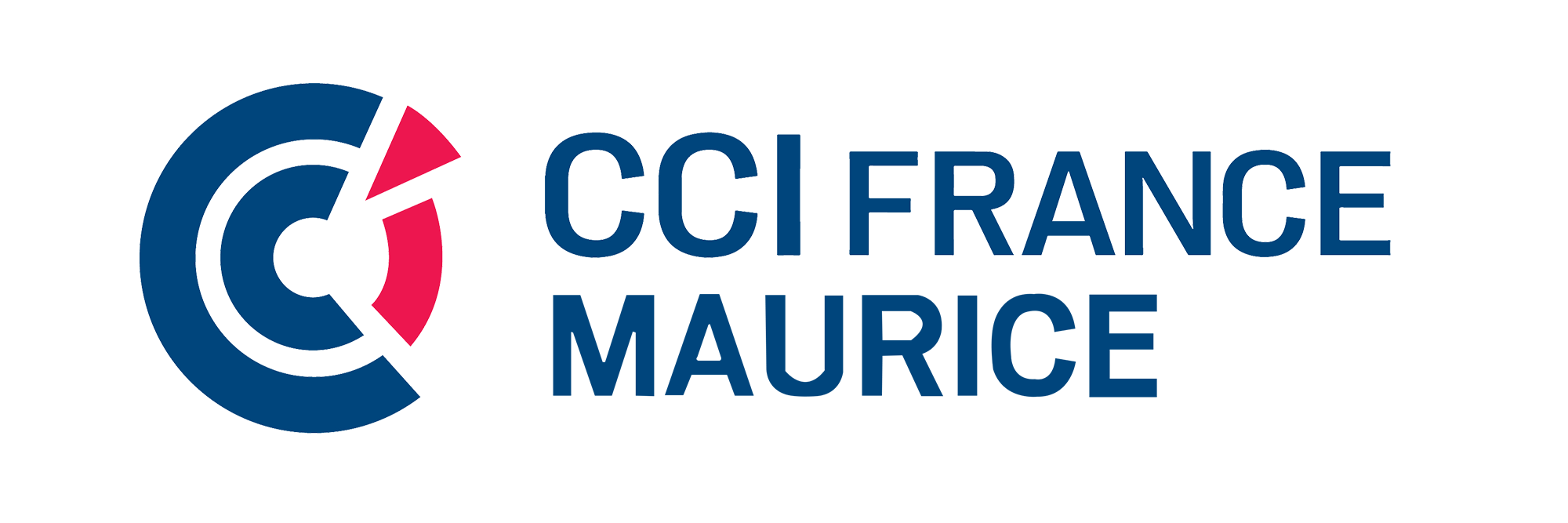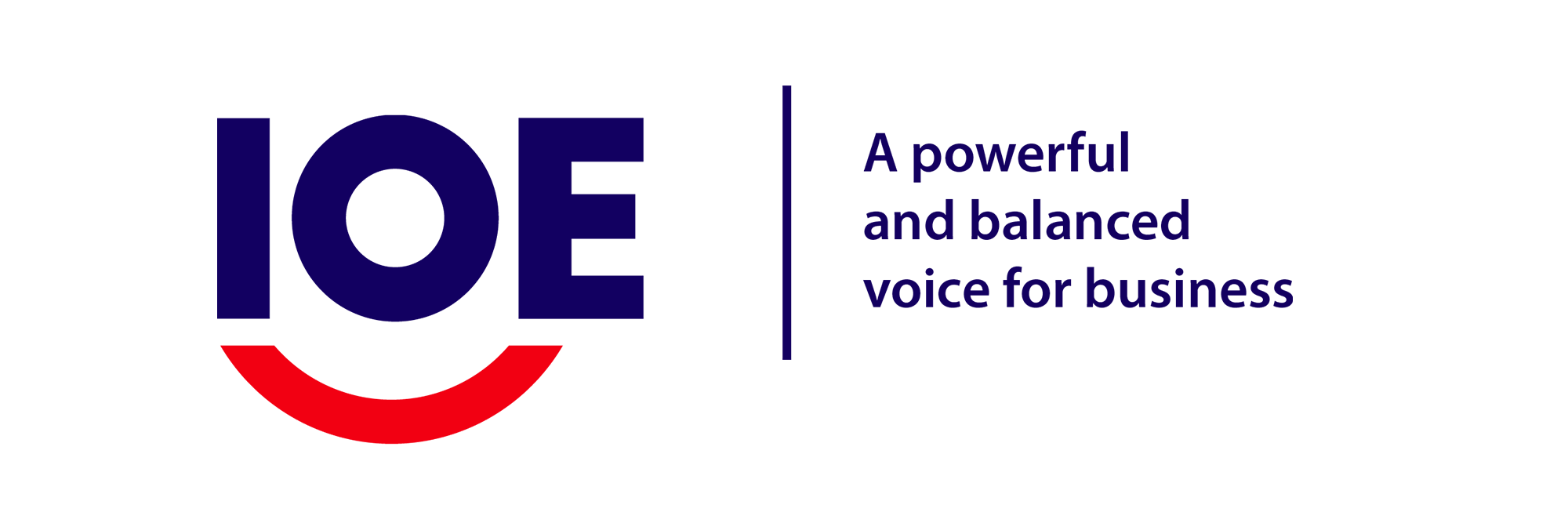The widespread adoption of remote work, the globalization of teams, and technological advances have fundamentally redefined the concept of the workplace. In this context, traditional facility management—focused solely on managing physical offices—no longer suffices. It’s time to rethink this discipline to meet the needs of dispersed teams, working from home, coworking spaces, or even across different countries.
At Breedj, we believe that facility management for remote teams is a key lever for optimizing well-being, productivity, and engagement. But what does this really mean? How can you implement an effective approach in an environment where the workplace is digital and flexible? Let’s explore the principles, tools, and best practices of facility management adapted to remote work.
A New Facility Management Paradigm
From Physical Space to Virtual Environments
Traditional facility management focused on managing physical infrastructure: buildings, offices, equipment, logistics, and security. With the rise of remote work, this framework must evolve. “Offices” are now distributed—employees might work from their homes, coworking spaces, or cafés. The challenge? To provide adequate support to employees wherever they are and offer them an optimal working environment, both materially and psychologically.
At Breedj, we envision facility management as a comprehensive approach that combines digital infrastructure management, improvement of individual workspaces, and the human support needed to ensure a fulfilling and productive work experience. This broader vision encompasses digital tools, ergonomics, mental well-being, flexibility, and international compliance—applicable whether your employees are offshore or located locally.
Strengthening the Digital Foundations
Digital Infrastructure: The Backbone of Remote Collaboration
Remote work depends above all on a solid technological infrastructure. Without reliable, high-performance tools, dispersed teams struggle to collaborate effectively. Facility management adapted to remote work begins with selecting and implementing robust technological solutions.
- a) Providing Effective Collaborative Tools
- Real-time communication: Slack, Microsoft Teams, Google Chat, or Zoom are essential for facilitating instant exchanges.
- Project management: Tools like Notion, Asana, Trello, or Monday.com help structure tasks, plan key milestones, and visualize overall progress.
- Document sharing: Collaborative suites such as Google Workspace or Microsoft 365 provide centralized file access, fostering transparency and responsiveness.
At Breedj, we guide our partners in selecting, integrating, and training their teams on these tools, ensuring the digital infrastructure aligns with each organization’s specific needs.
- b) Prioritizing Cybersecurity
The geographical distribution of teams increases the risk of security breaches. It’s critical to implement:
- Secure connections (VPN, encryption): Protecting sensitive data is paramount.
- Cybersecurity training: Educate employees on best practices, such as avoiding unsecured public Wi-Fi networks.
- Regular audits and updates: Identify and address vulnerabilities to ensure the confidentiality of strategic information.
Improving the Comfort and Ergonomics of Remote Work
Supporting Individual Workspaces
Remote work often poses ergonomic challenges. Working from a non-optimized space—like a kitchen table or a couch—can cause musculoskeletal issues, reduce concentration, and affect well-being. “Remote-friendly” facility management must consider ergonomics, including within a home environment.
- a) Setting Up Workspaces
- Ergonomic furniture: Adjustable office chairs, modular desks, and laptop stands.
- High-quality technical equipment: External monitors, ergonomic keyboards, noise-canceling headsets.
- Expert advice: Online workshops on posture, lighting, and space layout to enhance comfort.
- b) Covering Additional Costs
Remote work can generate extra expenses (electricity, heating, internet). Companies can:
- Offer a monthly allowance: Covering part of these costs.
- Negotiate partnerships with local providers: Secure discounts on essential services.
This approach eases the financial burden on employees and sends a clear message: the company acknowledges and supports the material conditions of remote work.
Putting People at the Heart of Remote Facility Management
Mental Health and Well-Being: People First
Remote work can lead to isolation, difficulty separating work and personal life, and increased stress. Good facility management is not limited to optimizing tools and ergonomics; it also integrates the human and psychological dimensions.
- a) Balancing Work and Personal Life
- Flexible schedules: Allow flexibility while encouraging regular breaks.
- Manager training: Equip leaders to recognize signs of overload or burnout in their teams.
- b) Psychological Support Resources
- Wellness platforms: Meditation programs, online yoga, sleep-tracking apps.
- Virtual team-building: Online games, creative workshops, and virtual coffee breaks to strengthen team cohesion.
- Access to professional counselors: Psychological support, personal development coaching, assistance during challenging times.
By recognizing the human dimension of remote work, companies create a healthier environment that boosts engagement and talent retention.
Hybrid Spaces and Geographical Flexibility
Coworking and Shared Spaces
Remote work doesn’t necessarily mean staying at home full-time. Coworking spaces offer an alternative for employees seeking a more office-like environment, an escape from loneliness, or access to specialized resources.
- a) Encouraging Coworking Use
- Flexible memberships: Allow employees to use coworking spaces near their homes.
- Hybrid models: Enable a blend of remote work, coworking, and occasional office presence according to individual needs and preferences.
- b) Occasional Gatherings
Even for 100% remote teams, meeting in person from time to time remains essential.
- Company retreats: A few days in an inspiring location to strengthen corporate culture, creativity, and cohesion.
- Local events: Allowing employees living in the same region to meet, exchange ideas, and build trust-based relationships.
International Coordination and Compliance
Managing Diverse Locations and Regulations
Remote teams can be spread across multiple time zones, countries, and continents. This geographical dispersion adds logistical and legal complexity that facility management must address.
- a) International Equipment Management
- Fast, reliable shipping: Deliver computers, phones, and accessories while anticipating customs delays.
- Multilingual technical support: Provide IT assistance adapted to employees’ languages and time zones.
- b) Complying with Local Regulations
- Clear legal framework: Every country has its own laws on remote work, taxation, and data protection.
- Dedicated assistance: Offer legal support to employees, inform them of local obligations, ensure contract and payroll compliance.
Measuring Impact and Optimizing Remote Facility Management
Defining Performance Indicators
How can you tell if your remote facility management efforts are effective? Establishing relevant Key Performance Indicators (KPIs) helps evaluate the measures implemented and continuously adjust the strategy.
- a) Technical KPIs
- Availability rate of digital tools: Uptime, number of outages.
- IT problem resolution time: Responsive technical support, user satisfaction levels.
- b) Human KPIs
- Employee satisfaction index: Surveys, anonymous feedback.
- Engagement and retention: Turnover rate, absenteeism, sense of belonging.
- Work-life balance: Reported working hours, break usage, number of vacation days taken.
By cross-referencing these indicators, companies can identify strengths, areas for improvement, and fine-tune their remote facility management policies.
Best Practices for Successful Remote Facility Management
Communicate, Train, and Involve
The key to success often lies in communication and ongoing training.
- Policy transparency: Clearly inform employees about material support, allowances, and available resources.
- Regular training sessions: Online workshops on cybersecurity, ergonomics, time management, or intercultural collaboration.
- Co-creation of solutions: Involve employees in choosing tools, spaces, and working arrangements. Regular feedback is valuable for adapting measures to real needs.
Anticipate Technological Evolutions
Rapidly evolving technology offers new opportunities for remote facility management.
- Virtual Reality (VR) and Augmented Reality (AR): Create virtual workspaces where employees can meet, interact, and collaborate more immersively.
- Automation and AI: Tools that automate maintenance management, equipment scheduling, or internal IT support.
- Wellness tracking tools: Connected apps monitoring posture, exposure to blue light, or work-rest balance.
Towards a More Inclusive and Sustainable Future of Work
Remote facility management also provides an opportunity to promote a more inclusive and environmentally friendly work model.
- Geographical inclusion: Remote work allows hiring talent worldwide, without geographical constraints, offering opportunities to individuals previously excluded from traditional job markets.
- Reducing carbon footprint: Fewer commutes, fewer office spaces to heat or cool.
- Cultural diversity support: Mixing cultures and perspectives enriches the work experience, fosters innovation, and improves understanding of international markets.
Conclusion
At Breedj, we are convinced that the future of work relies on connected teams, supported by a strong digital infrastructure and considerate human practices. Facility management for remote teams is not just a simple adaptation of traditional methods—it’s a true redefinition of priorities, tools, and approaches.
By emphasizing technology, ergonomics, well-being, flexibility, and international compliance, companies can transform remote work into an opportunity for growth, performance, and fulfillment for all. Through personalized and innovative solutions, Breedj supports this transition and helps organizations build a more sustainable, inclusive, and prosperous future of work.













